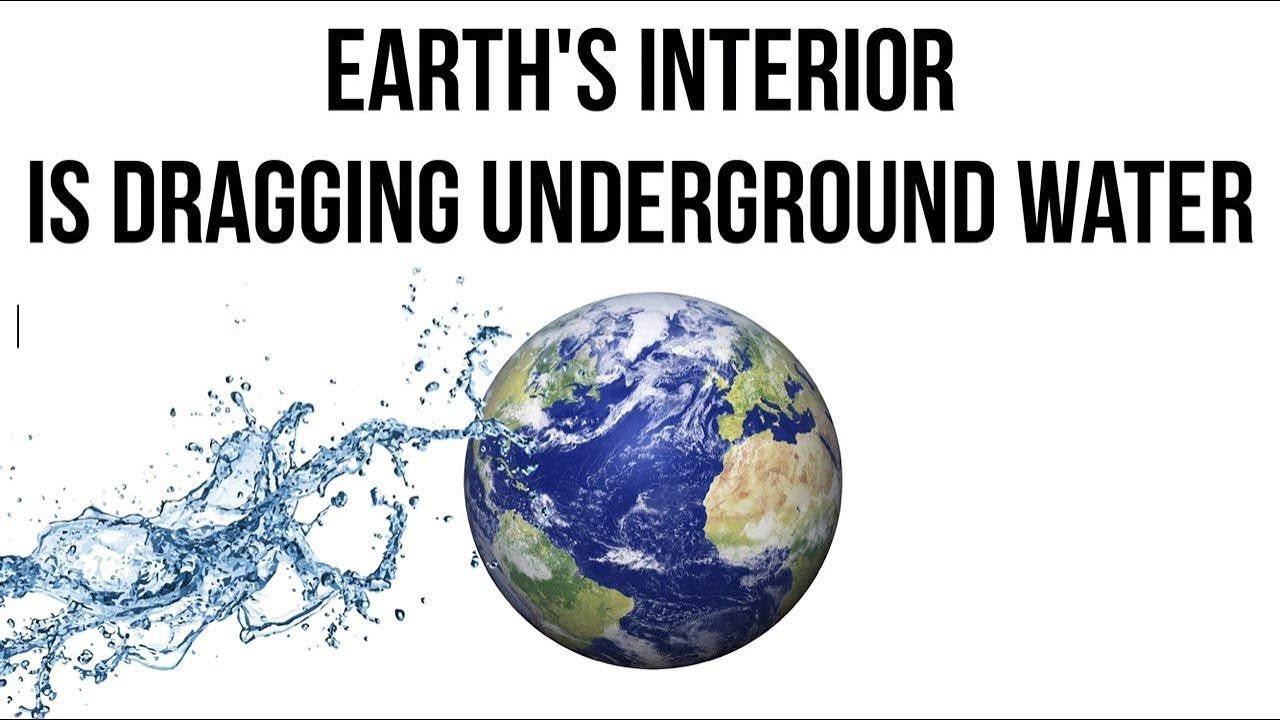Table of Contents
HUGE AMOUNT OF WATER DRAGGED INTO EARTH INTERIOR
- Slow-motion collisions of tectonic plates under the ocean drag about three times more water down into the deep Earth than previously estimated, according to a first-of-its-kind seismic study that spans the Mariana Trench.
- this research shows that subduction zones move far more water into Earth’s deep interior—many miles below the surface—than previously thought,
- The observations from the deepest ocean trench in the world have important implications for the global water cycle.
- Ocean water atop the plate runs down into the Earth’s crust and upper mantle along the fault lines that lace the area where plates collide and bend.
- Then it gets trapped. Under certain temperature and pressure conditions, chemical reactions force the water into a non-liquid form as hydrous minerals—wet rocks—locking the water into the rock in the geologic plate.
- All the while, the plate continues to crawl ever deeper into the Earth’s mantle, bringing the water along with it.
- Previous studies at subduction zones like the Mariana Trench have noted that the subducting plate could hold water. But they could not determine how much water it held and how deep it went
- For the Mariana Trench region alone, four times more water subducts than previously calculated. These features can be extrapolated to predict the conditions under other ocean trenches worldwide
- And for water in the Earth, what goes down must come up. Sea levels have remained relatively stable over geologic time, varying by less than 1,000 ft.
- This means that all of the water that is going down into the Earth at subduction zones must be coming back up somehow, and not continuously piling up inside the Earth.
- Scientists believe that most of the water that goes down at the trench comes back from the Earth into the atmosphere as water vapor when volcanoes erupt hundreds of miles away.
- But with the revised estimates of water from the new study, the amount of water going into the earth seems to greatly exceed the amount of water coming out






















 WhatsApp
WhatsApp